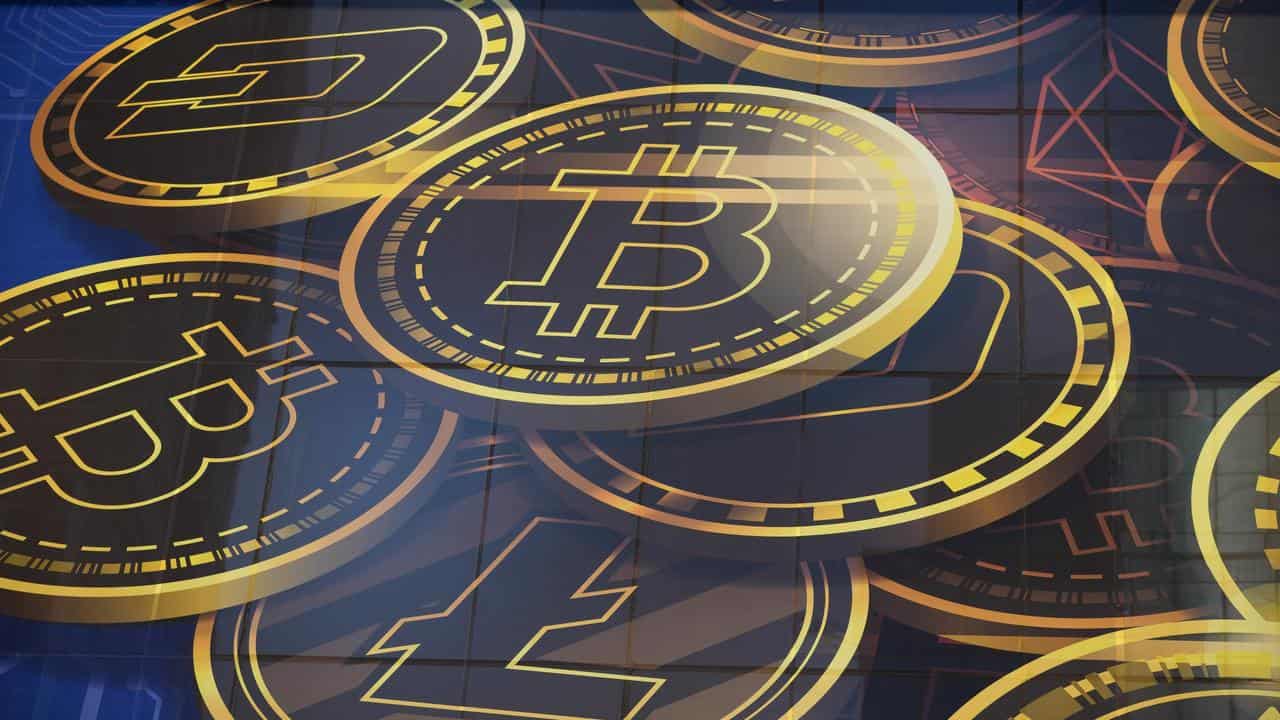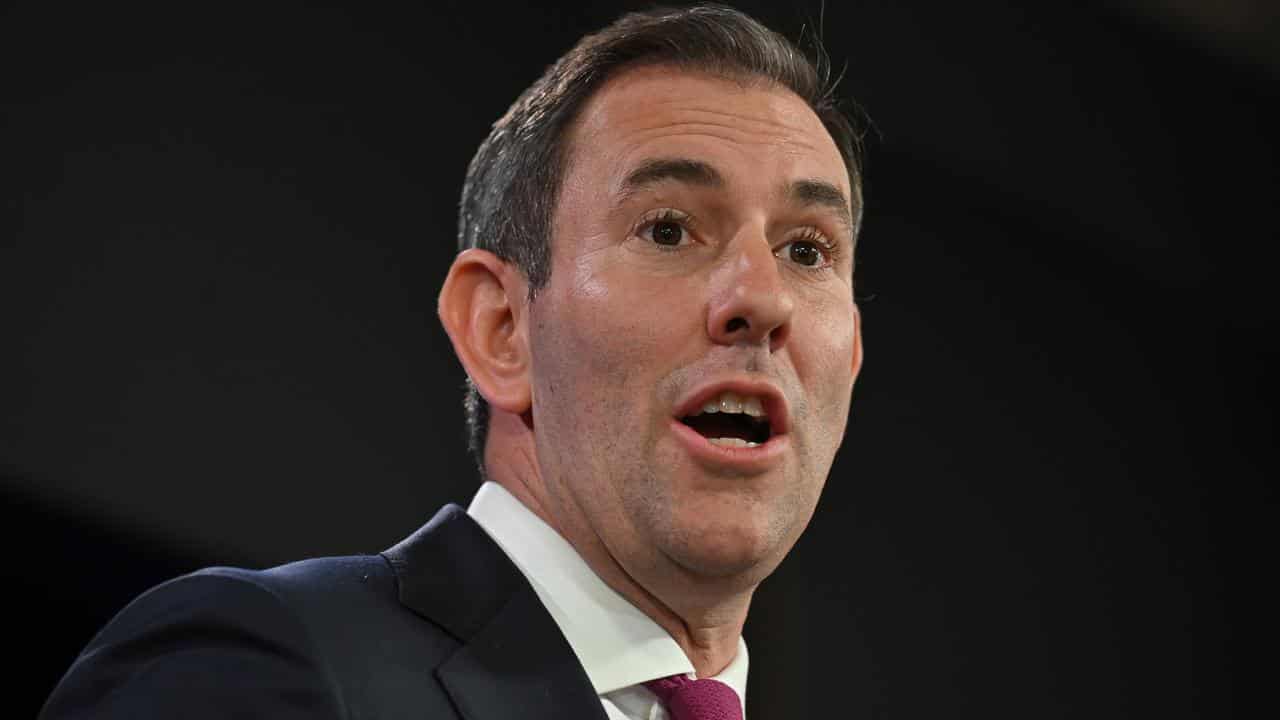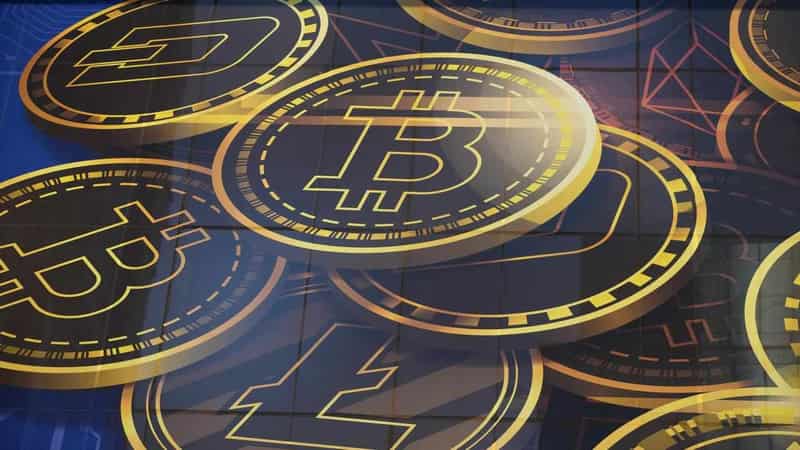
Australia's crypto crackdown is taking shape with the government revealing the next steps in its bid to regulate digital currencies.
Treasurer Jim Chalmers wants to make crypto exchanges and digital asset platforms subject to existing Australian financial services laws.
The government is also proposing to make platform operators get an Australian financial services licence.
Platforms that hold over $1500 of an individual's assets or $5 million in aggregate will be covered by the changes.
Minimum standards for digital assets such as tokens are also being reviewed.

About a quarter of Australians own some sort of crypto asset.
Online platforms hold billions of dollars in assets and expose Australians to significant risks, the proposal paper says.
"Collapses of digital asset platforms, both locally and globally, have seen Australians lose their assets or be forced to wait their turn among long lines of creditors," it says.
"These reforms seek to reduce the risk of these collapses happening, by lifting the standard of their operations and increasing their oversight."
Dr Chalmers said the government was moving "decisively and methodically to ensure that consumers are adequately protected and innovation can flourish".
The merits of a central bank digital currency are still under exploration in Australia, a top Reserve Bank official said at the Australian Financial Review’s cryptocurrency summit.
RBA assistant governor (financial system) Brad Jones said the central bank remained “open-minded” to the idea of digital money and the supporting infrastructure.
“The punchline here is that tokenisation offers some intriguing possibilities, but is not without its challenges and more work is needed to understand how we could yield the benefits while managing the risk,” he said on Monday.
Several forms of tokenised money, which is money that has been converted into a digital token on a blockchain, were mentioned in his speech.
Dr Jones said unbacked cryptocurrencies like Bitcoin that natively use blockchain technology were “more amenable to speculative investment than serving as a safe settlement instrument”.
“Unbacked cryptocurrencies may remain a hotbed of speculative interest, but I struggle to envisage them playing an expansive role in the financial system of the future,” he said.
Of the various forms of tokenised money under consideration, he said only a wholesale central bank digital currency would be “completely free of credit and liquidity risk”.
The RBA has an active research program underway on the topic and recently ran a pilot central bank digital currency scheme.
The next phase of the research will focus on looking at how different forms of digital money and infrastructure could support the development of tokenised asset markets in Australia.
The RBA and Treasury will release a joint report mid-next year on the research and set out a road map for future work.









